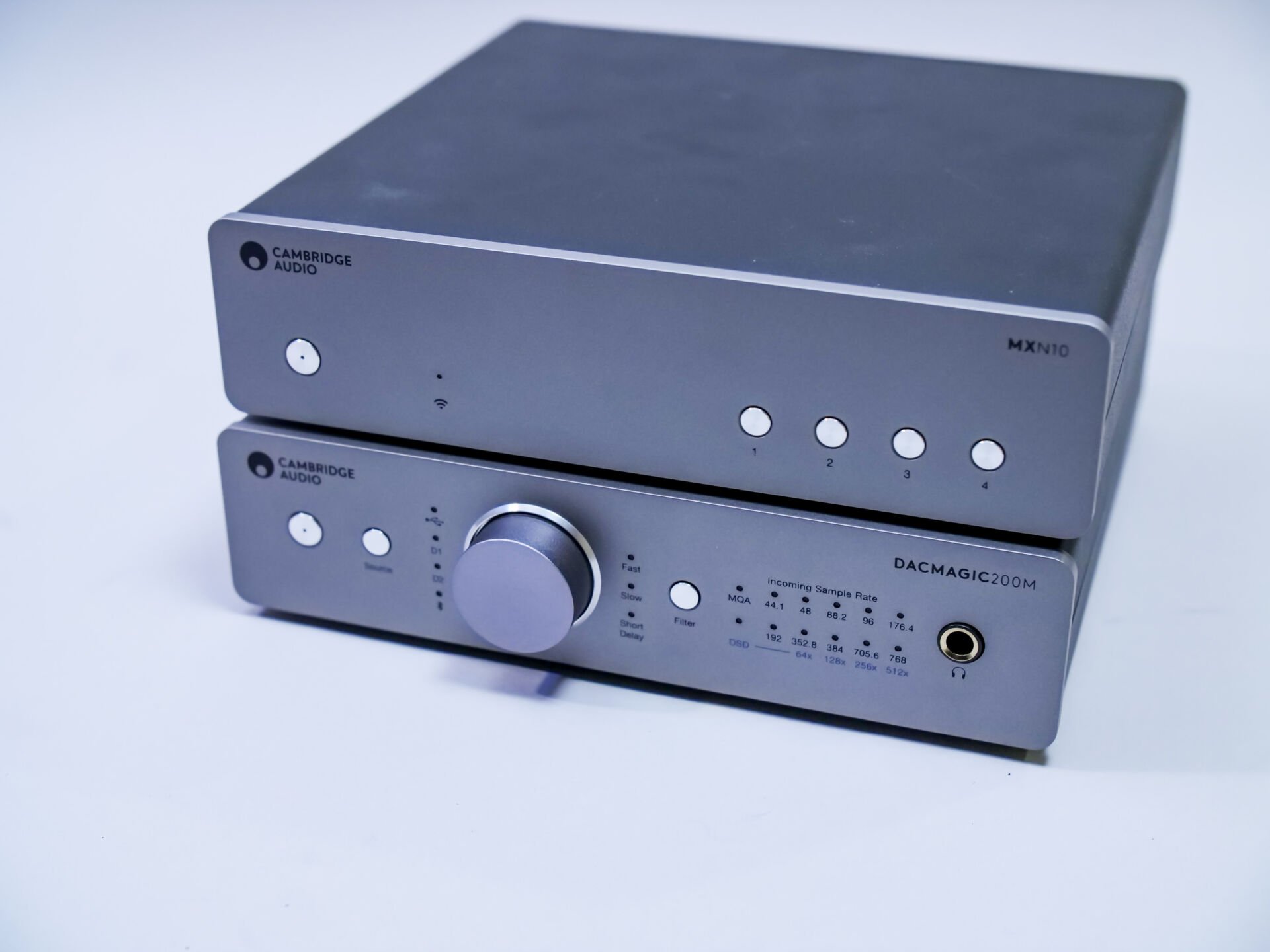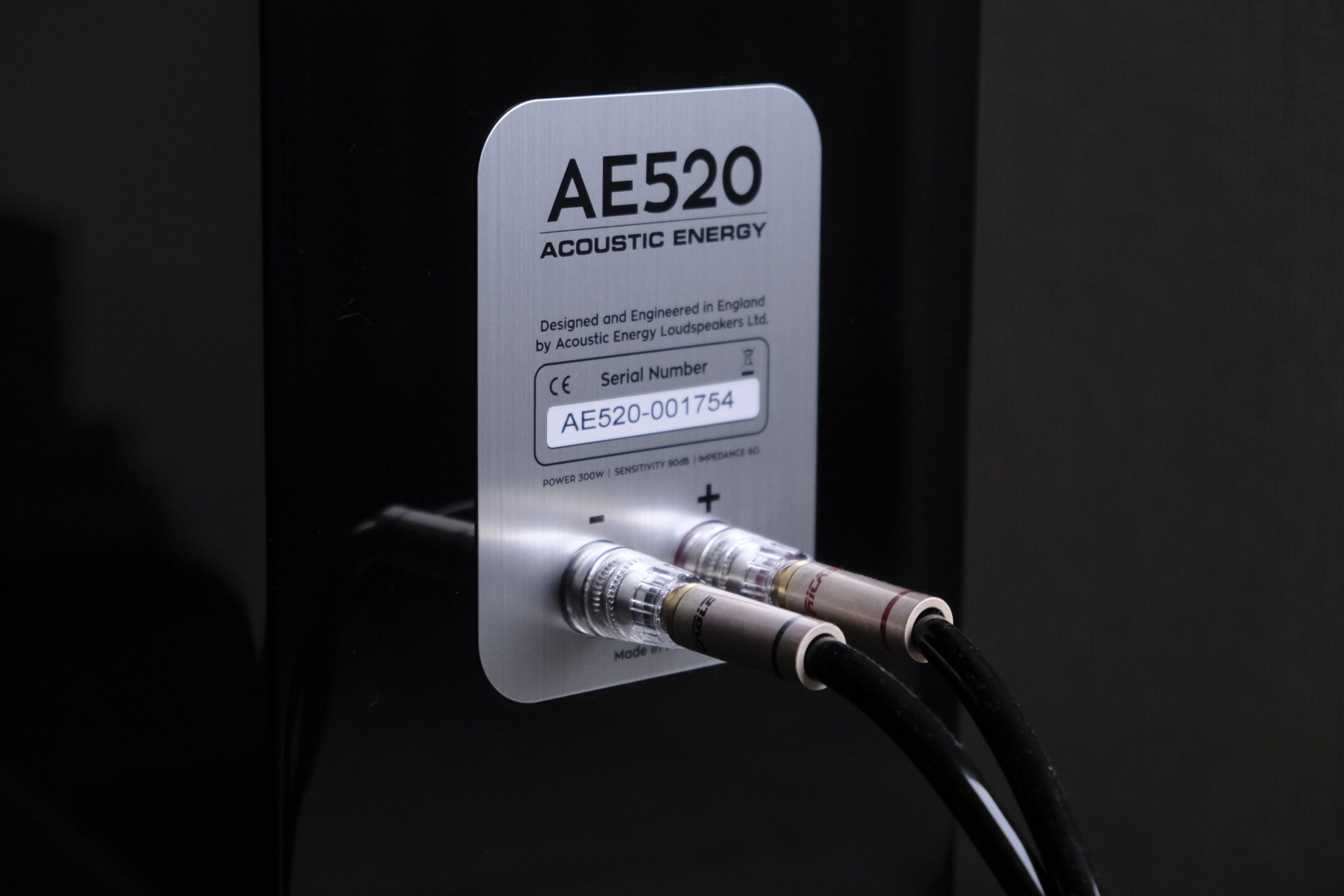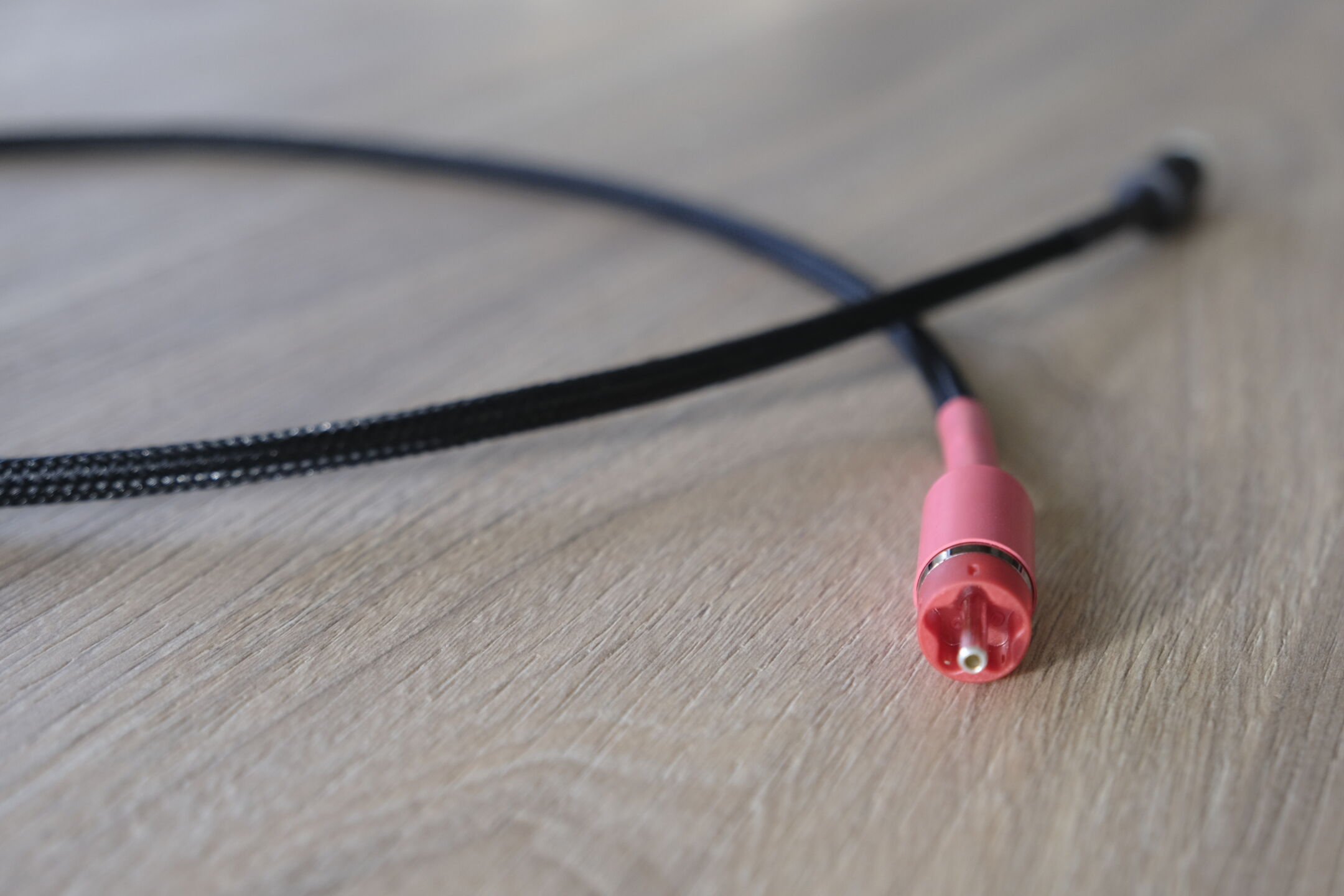

Sound
Contents
The dac in the -pro3 sounds exceptionally good. There is smoothness, punch, speed, detail but no sharpness. This dac gets out of the way nicely and allows the rest of the system to be heard. The low end gets plenty of foundation and with its wide frequency range, there is little that doesn’t come through. Clear, fresh, and pretty neutral are the appropriate adjectives this time because nothing stands out.
We take the Hifiman Sundara for a moment and notice the same balance again. More expensive dacs obviously offer more… More authority, more peace, a richer tonality but when you integrate the i-pro 3 in a balanced, affordable system, it will not impose itself. You can always connect a separate dac after a while to improve the performance even more, but even without the dac the i-pro 3 is worth it.
This device is very interesting as a Roon Endpoint but also as a preamplifier because it is so nice to use and has a good volume control. For example, the i-pro 3 worked very well directly on our Benchmark power amplifier.
Listening
We open Roon and stream the new album “Home” by Rhye (Qobuz Flac 44.1kHz, 24 bit). The i-pro 3 reacts immediately and the artwork appears on the screen. An added value as far as we are concerned. The rest of the information, however, is not readable.
Mike Milosh has an angelic voice that often makes one think that a woman is singing. This new record is quite electronic and the beats have quite an impact. The speakers and power amplifier take care of that of course but the dac certainly does its part as well. This dac has no annoying edge and does not get sharp. Timing is excellent and details come through nicely.
Next we choose the alienating work of Ai Aso (Qobuz Flac 48kHz, 24bit). On her album “The Faintest Hint” she brings boundless, minimalist music that enchants from start to finish. Her voice is beautifully central and the instrumentation sounds clear but not bare or shrill. Pure as a flowing mountain river so to speak.
The time between notes and the so-called ‘black background’ is also fine. This thing is quiet and lets a lot of little sounds through that you usually only pick up with headphones.
“Evermore” by Taylor Swift (Tidal Flac 88kHz, 24bit MQA) is despite the inevitable compression quite nicely recorded with a rich instrumentation that comes through excellently via the i-pro 3. Especially at the bottom, there is a lot of foundation that forms a solid basis for the rest of the playback every time. We hear this well on the song ‘Coney Island’. The refinement and nuance we hear in more expensive dacs is not quite there but it never becomes shrill or sharp
Comparing
We plug in the Denafrips Ares II (820 euros) and immediately notice differences. The Ares II is a pure dac without volume control and other features. The signature of the Ares II is a little richer in the midrange but also a little darker and a little less transparent. This can be pleasant with vocal work or on a fresher system.
In the end, we hear little difference between the two dacs. When we switch, we can enjoy both dacs equally in our set. It is certainly not that the i-pro 3 sounds fatiguing or analytical but in a direct comparison with the Ares II it does sound a bit lighter, faster and fresher.










